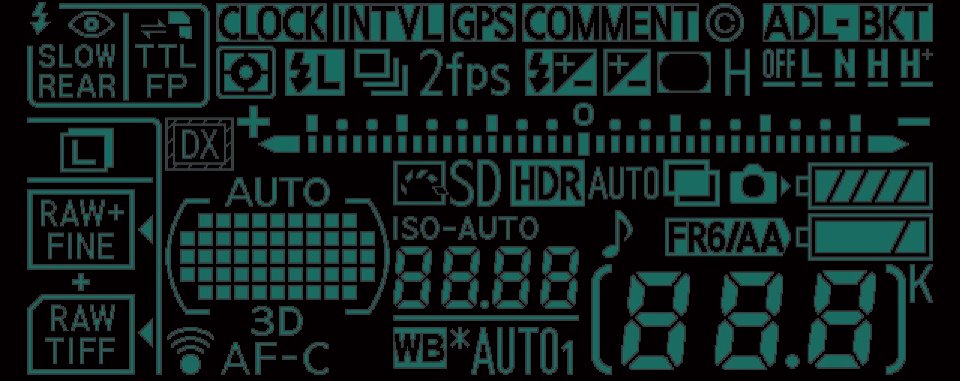n5jrn
Well-known
A perfect case of "If you don't need the feature, don't use it". There isn't anything negative about these features being in modern cameras, it's just you who is whiny to be honest mate. You can use a D4 just like a Leica.
Not really. All those features and modes remain there, ready to be inadvertently activated (or, in the case of custom settings, forgotten when a firmware glitch necessitates a system reset). Greater complexity and the learning curve that necessarily entails is one of the drawbacks of digital. Even "simple" digital cameras like the RD1 and M9 have far more settings and modes than analog mechanical cameras.
Which is not to say that digital is intrinsically worse, just different, with its own set of tradeoffs.




